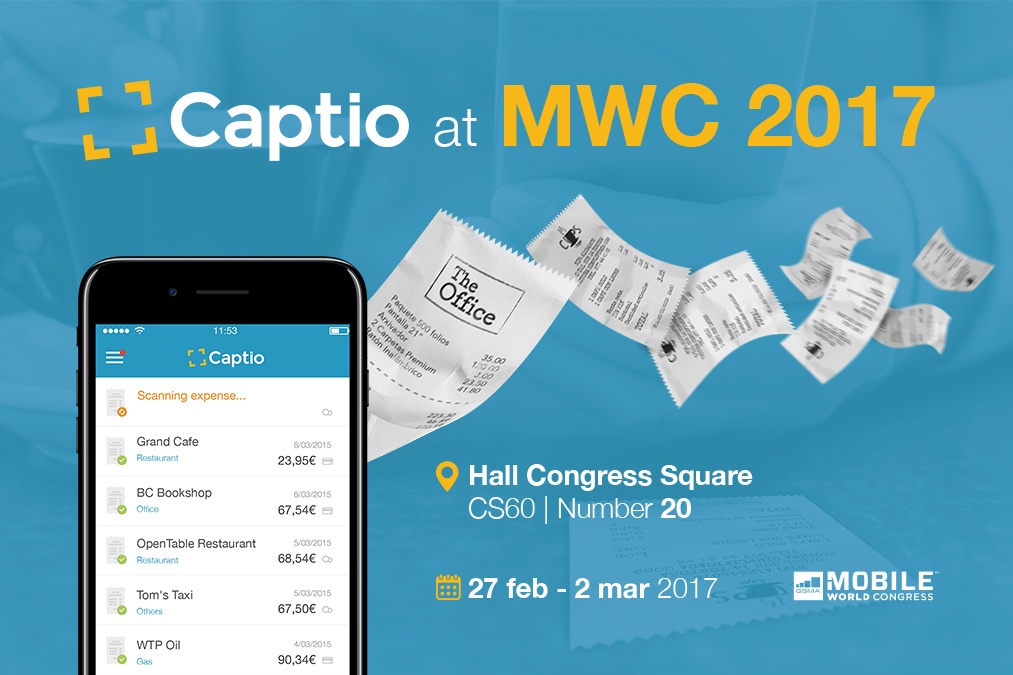Before starting to look for a conference venue or catering company, representatives from the various departments involved should get together to define the logistical and communicational base of the event. It is crucial to be clear about the corporate message that must be transmitted inside and outside of the company.
When we talk about a corporate event, we have to bear in mind that it is not just a matter of a day off away from the office. This is the case whether the event is aimed at company members, that is a motivational event, or it is for promotional purposes
One of the first steps for ensuring that an event adds value is keeping sight of the objectives of the event. To put it another way, when organizing a corporate event, it is first necessary to draft a clear roadmap with the involvement of all of the company’s departments (HR, Marketing, Production, etc.). It is vital to identify the objectives in order to establish which type of event we should organize.
So, before starting to look for a conference venue or catering company, representatives from the various departments involved should get together to define the logistical and communicational base of the event. It is crucial to be clear about the corporate message that must be transmitted inside and outside of the company.
For the meeting to be productive:
1) Invite only the people required. If you want an effective meeting, ensure that only people directly involved in the issues to be covered are invited.
2) Specify and announce the objective in advance. Whether it is a scheduled or follow-up meeting, it is a good idea to focus on the main issues and know the points to be dealt with in advance. It is crucial that the main objective of the meeting is spelt out explicitly. This shows respects for people’s time and also gives participants plenty of time to prepare any additional information that may be required.
3) Let participants share information beforehand. If we are bringing together the key people and we have specified the issues to cover, there will be no passive onlookers at our meeting. Give participants the opportunity to send additional points by e-mail. By doing so, we avoid hasty decisions being made, as everybody has had the chance to reflect, provide the necessary information and discuss any relevant points with their teams.
4) Record the decisions taken in the meeting. After the meeting, it is extremely useful to send minutes or an e-mail specifying the main points by way of a summary for greater clarity. It is important to close the session well and acknowledge that the objective of the meeting has been achieved, as well as recording the commitments made and decisions taken in writing.




